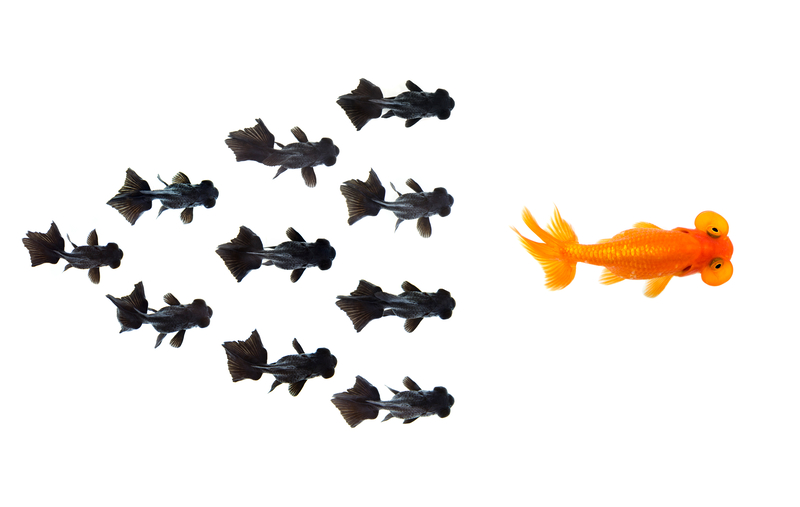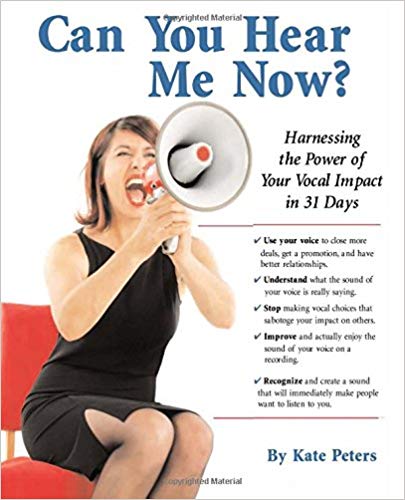The Power of Silence to Lead
“He who does not understand your silence will probably not understand your words.”
– Elbert Hubbard
I was trying to find my notes on the topic when I realized no one was speaking and everyone was looking at me. As my situation sank in, I felt time ticking away, but what I was supposed to say or do was not apparent. The presenter looked at me with a formidable smirk, and for what seemed like an eternity in which we could have heard a pin drop, I felt like a girl caught sending notes to her friend during class. The silence in the room was oppressive, causing everyone to hold their breath and wait for what came next.
Silence often makes us uncomfortable, especially in a situation created to demonstrate power. But our discomfort with silence doesn’t only show up in a power-play. Consider a meeting in which a participant pauses to think mid-sentence and two others jump into the silence rather than wait. Consider all of the “ums,” “uhs,” “you knows,” and “kind ofs” that pepper speech to fill brief seconds of silence when the speaker searches for the right words. And consider how we feel when conversing with someone who doesn’t answer right away because they want to take a moment to prepare their response.
We are uneasy with silence because silence is powerful.
When emotions heat up, stepping out for a moment of silence does more to bring down the temperature than continuing to rage. Negotiators stop talking to increase pressure knowing there is a possibility someone will concede in the unnerving hush, and salespeople shut up to get the sale. Conversely, a simple pause can emphasize a point better than an explanation, and leaders build trust and loyalty through silence. The simple act of listening and encouraging others to share their ideas empowers others; silence is powerful and empowering.
However, leading with silence can be difficult in our noisy world. One passionate executive who wanted to create change in her organization worked at listening for months before breaking through the tendency to jump in with her opinion. Habits die hard, and it takes perseverance to replace them, especially when there are deadlines and daily business issues to address. However, real listening practiced daily at low-stakes meetings and conversations will eventually give way to the pattern of choosing to let others speak because we learn that the rewards are more significant than the agony of not speaking. Surprisingly, just feeling heard by another may be all a person needs to be willing to collaborate rather than resist.
So how can we use the power of silence to lead?
One place to start is to recognize that it’s not necessary to be the most intelligent person in the room all the time. We can put aside our brilliant ideas, become more inquisitive, and genuinely investigate what others think. We can also listen with the intent to understand rather than the intent to reply. We can enjoy our favorite songs and realize that most songs include rests – times when the singer is not singing, and we can seek to notice where else silence shows up.
There are also formal methods to develop active listening and dialogue skills, and practicing them, as with any skill, will produce expertise. But perhaps one of the best ways to use silence is more personal- we can take a few minutes out of the day to close the door, turn off all devices, sit comfortably and be silent, or step out into Nature, far from the maddening crowd. Eventually, the effects of that incredible force extend to well-being and more clarity for the person or the organization. That is the true power of silence to lead – it provides an opening for us as humans to connect with ourselves until we cannot help but connect with each other.
Pause: Create a powerful presence through silence
A Silence Practice What happens when you take one hour a day to sit in silence?
Why deafening silence sounds different to other silence Inquiring minds want to know…
E-Book: Getting Beyond the Noise
Photo 139717332 / Leader © Yodke67 | Dreamstime.com
Photo 1317031 © Dennis Owusu-ansah | Dreamstime.com






